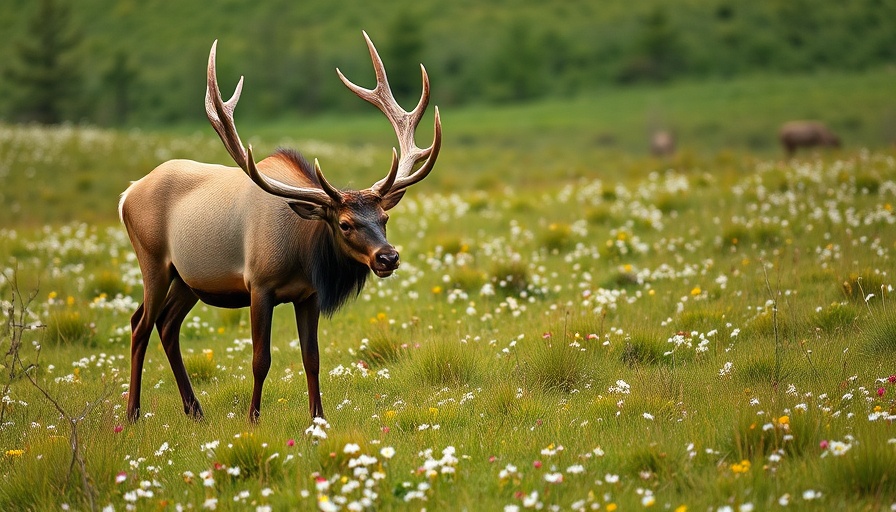
Understanding the Essential Role of Food Plots
Food plots serve not just as supplementary habitats for wildlife, but also as vital resources for those interested in sustainable agriculture and the great outdoors. They can enhance local biodiversity and attract various species, providing an opportunity for hunting enthusiasts and wildlife observers alike. By establishing a food plot, you're contributing to the health of ecosystems while cultivating an enriching experience for yourself and your community.
Defining Your Purpose: Why Do You Want a Food Plot?
Before you embark on planting a food plot, it’s crucial to clarify your objectives. Are you aiming to feed local wildlife? Or is your goal to create a hunting hotspot? Perhaps you want a self-sustaining garden that requires minimal maintenance, or maybe you’re looking for a seasonal plot that changes throughout the year. By determining your purpose, you can streamline your efforts, cut down on time and resources wasted, and enjoy a more fruitful gardening experience.
Choosing the Right Season for Successful Growth
Timing is everything when it comes to planting food plots. Generally, spring and fall are the most favorable seasons for sowing seeds. However, it’s essential to consider your USDA plant hardiness zone to ensure you plant at the right time for optimal growth. The correct timing not only helps in timely blooms but also means healthier plants that can thrive through the seasons.
Selecting the Ideal Location for Your Plot
Location is a critical aspect of food plot success. Ideal spots should be:
- Near protected woodlands or grasslands
- Far from other garden plots to prevent overcrowding
- At least 50 feet from the treeline, where sunshine is abundant
- On non-erosive soil to prevent nutrient loss
Additionally, remember that different plants may have particular requirements when it comes to distances and environmental conditions. For instance, winter cover should ideally be within 660 feet of your grain plots for optimum yield. Understanding these details can elevate your gardening strategy from basic to advanced.
Using Technology for Topographical Precision
If you want to take your food plotting to the next level, consider integrating topographical technology. By analyzing the land's layout, you can identify optimal distances from deer bedding sites and ensure that water drainage systems are considered. Using tools like GIS mapping can provide insights not just for today but for the potential long-term health of your garden.
Understanding Seasonal Plant Choices and Maintenance Needs
When you are ready to plant, choosing the right seeds for the season is vital. Early spring might be perfect for planting crops that thrive in cooler conditions, while late summer might favor late-blooming vegetables. Aim for diverse crops that can attract a variety of wildlife; this not only helps with conservation but may also assist in your hunting endeavors. Providing ample resources in your food plot fosters a thriving ecosystem and enhances your own harvest.
The Emotional and Community Value of Gardening
The essence of gardening stretches far beyond the physical act of planting. It unites communities, nurtures families, and instills a profound sense of satisfaction and pride. When a vibrant garden blooms, it becomes a living reminder of commitment to self-sufficiency and communal responsibility. In an age where sustainability is paramount, participating in urban gardening initiatives can foster deeper connections, teaching valuable lessons in collaboration and environmental stewardship.
Join the Urban Farm Movement: Create Your Own Food Plot
As you embark on your food plotting journey, remember that you are not just planting seeds; you are sowing intentions for a healthier planet and community. Dive into the rich tapestry of urban farming and discover the layers of joy and benefit that come from nurturing your own food plots. The rewards are immense, both for the wildlife you support and the satisfaction you gain.
 Add Row
Add Row  Add
Add 




 Add Row
Add Row  Add
Add 

Write A Comment